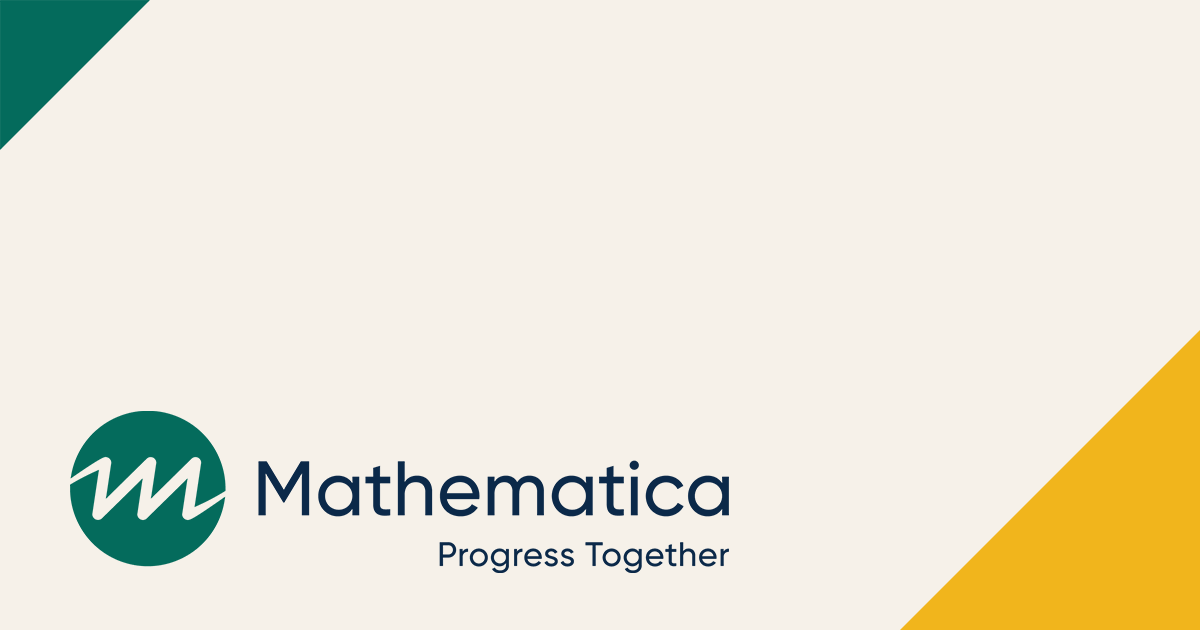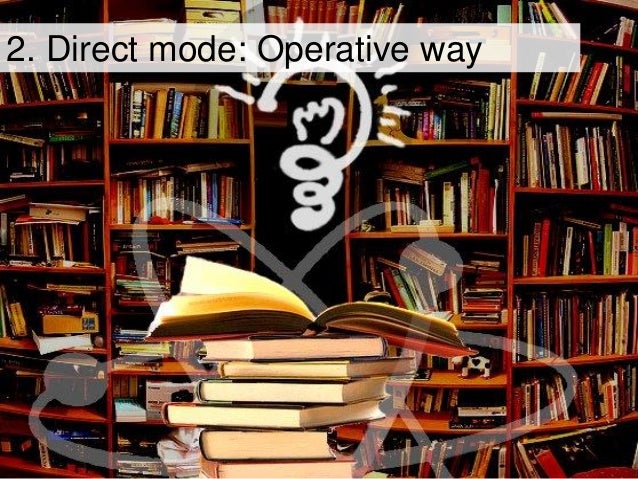

He always claimed he didn’t understand the math of it (though I later learned from a good friend of mine who had known Steve in high school that Steve had definitely taken at least one calculus course). And so it has been now for nearly 24 years.Īs Mathematica was being developed, we showed it to Steve Jobs quite often. But in the end I agreed that, yes, Mathematica was a good name. Well, it went back and forth for a while. His favorite example at the time was Sony’s Trinitron. I asked Steve why he thought it was good, and he told me his theory for a name was to start from the generic term for something, then romanticize it. I’d actually considered that name, but rejected it. But then one day he said to me: “You should call it Mathematica”. For a while he wouldn’t suggest anything. I gave him lists of names I’d considered, and pressed him for his suggestions. At first it had been Omega (yes, like Alpha) and later PolyMath. Actually, it wasn’t yet called Mathematica then, and one of the big topics of discussion was what it should be called. Over the months after our first meeting, I had all sorts of interactions with Steve about Mathematica. This essay is in Idea Makers: Personal Perspectives on the Lives & Ideas of Some Notable People » I don’t now remember the details of our first meeting, but at the end of it, Steve gave me his business card, which tonight I found duly still sitting in my files: A mutual friend had made the introduction, and Steve Jobs wasted no time in saying that he was planning to make the definitive computer for higher education, and he wanted Mathematica to be part of it. I first met Steve Jobs in 1987, when he was quietly building his first NeXT computer, and I was quietly building the first version of Mathematica. And indeed, he contributed in various ways to all three of my major life projects so far: Mathematica, A New Kind of Science and Wolfram|Alpha. Scattered over the last quarter century, I learned much from Steve Jobs, and was proud to consider him a friend. Trade Adjustment Assistance.I’m so sad this evening-as millions are-to hear of Steve Jobs’s death.


SK: This episode is about trade adjustment assistance.ĬB: You know when people say that we should have offered help to the people left behind by trade? There’s already a programme that is supposed to do that. I am Soumaya Keynes, the US economics and trade editor for The Economist.ĬB: And I’m Chad Bown, a senior fellow at the Peterson Institute for International Economics. SK: Hello! You are listening to an episode of Trade Talks, a podcast about the economics of trade policy. “ Estimated Impacts for Participants in the Trade Adjustment Assistance TAA Program Under the 2002 Amendments. Schochet, Ronald D’Amico, Jillian Berk, Sarah Dolfin, and Nathan Wozny, N. “ Can Displaced Labor be Retrained? Evidence from Quasi-Random Assignment to Trade Adjustment Assistance. They explain the US Trade Adjustment Assistance (TAA) program and new evidence on whether it helps workers stay in the labor market, retrain, and keep earning wages by remaining attached to jobs. Ben Hyman ( Federal Reserve Bank of New York) joins to discuss the problem of workers hurt by increased competition arising through trade.


 0 kommentar(er)
0 kommentar(er)
